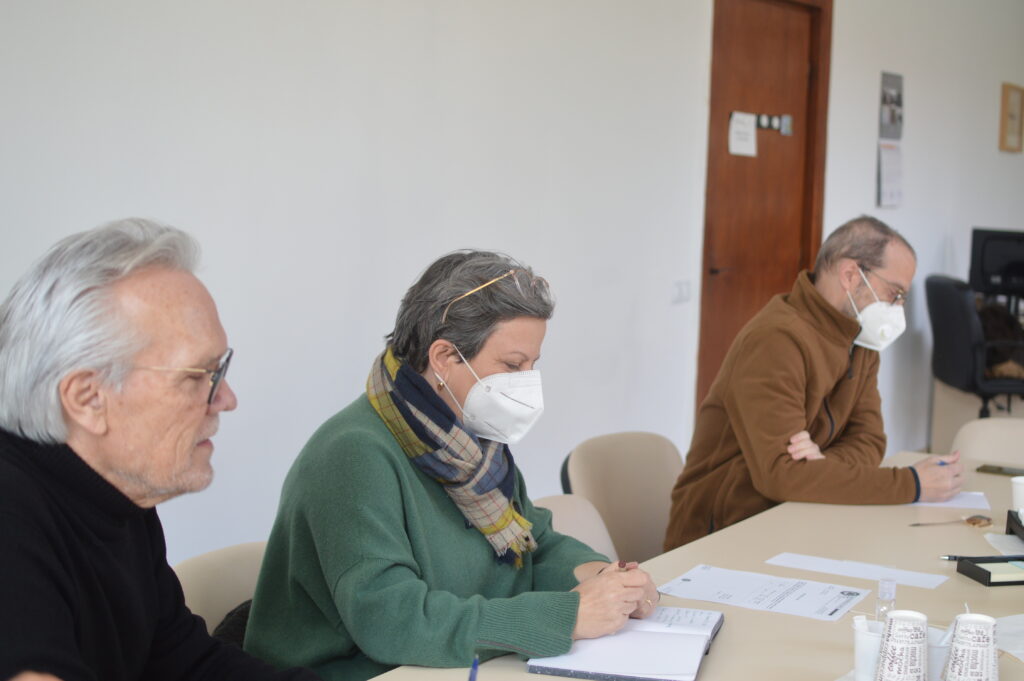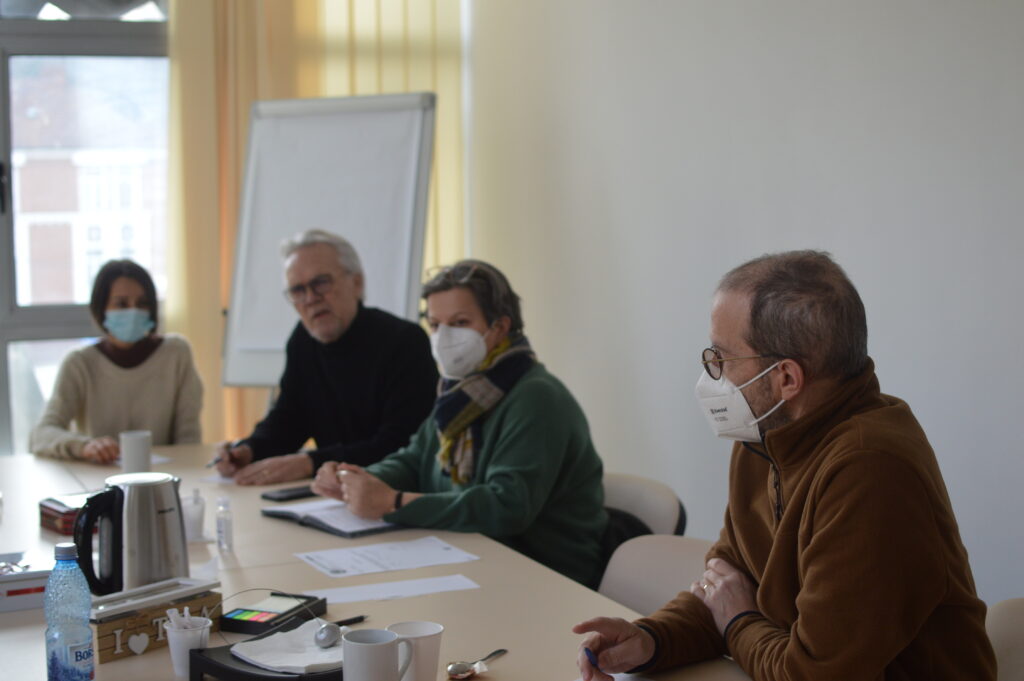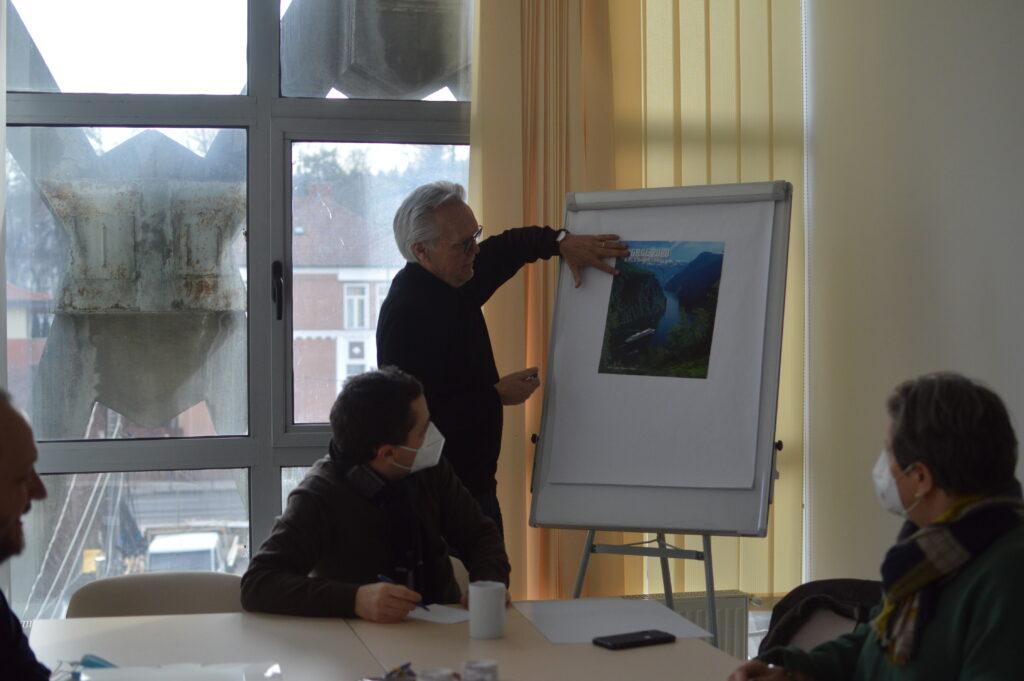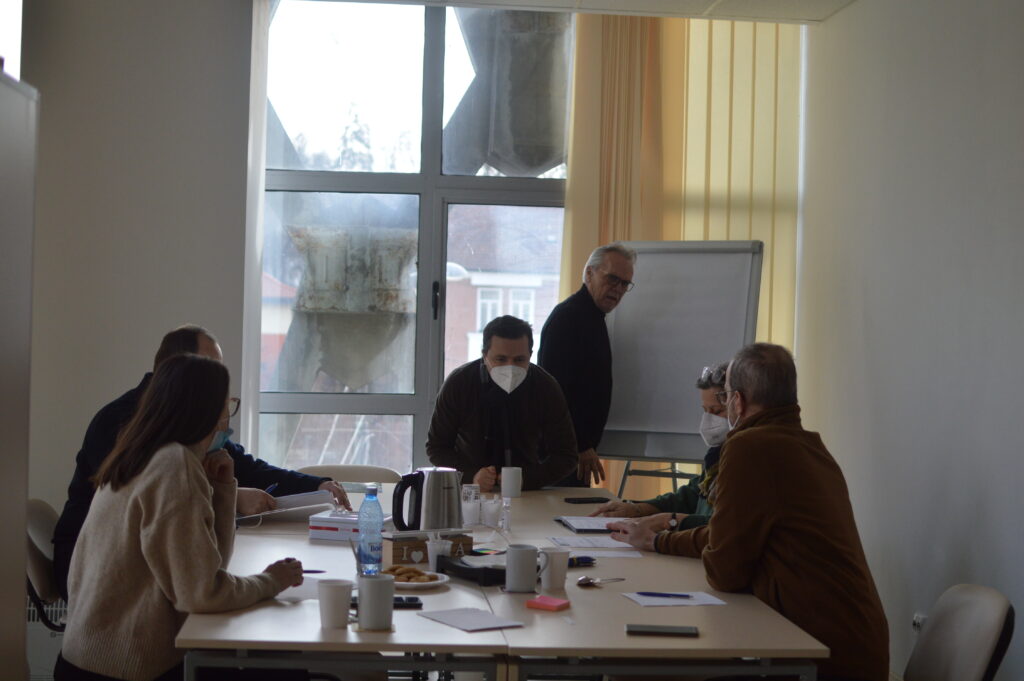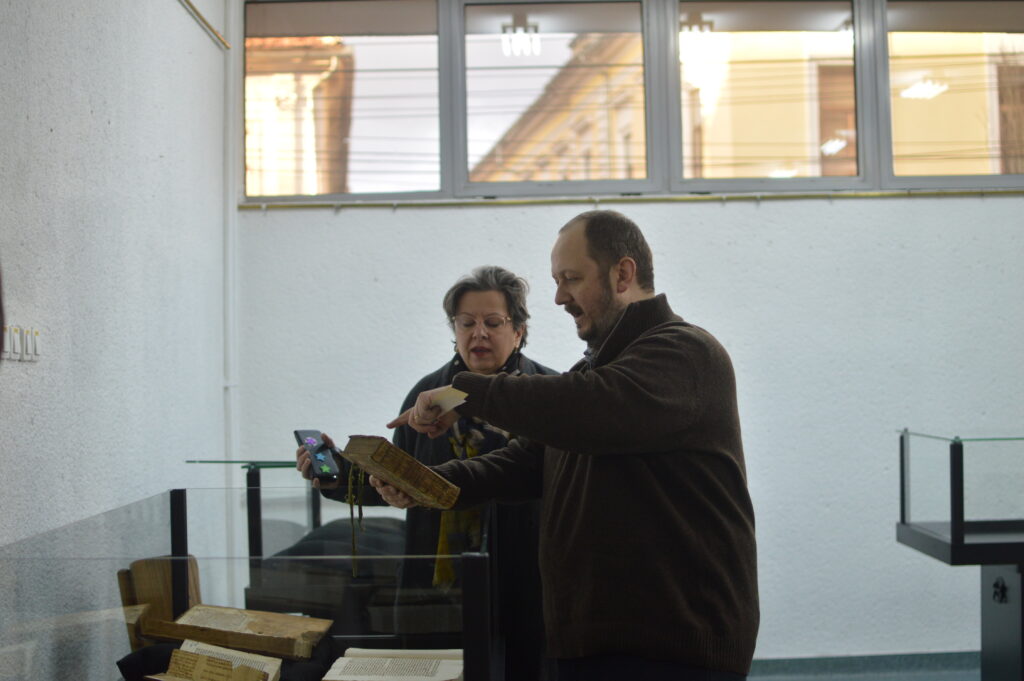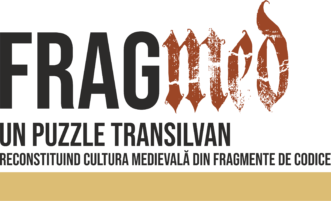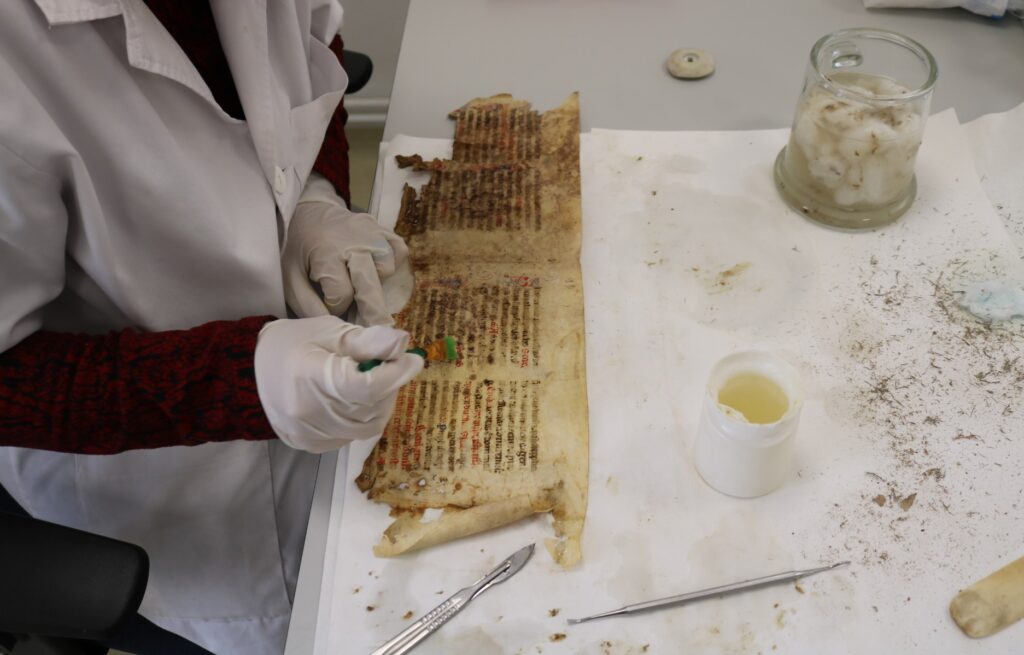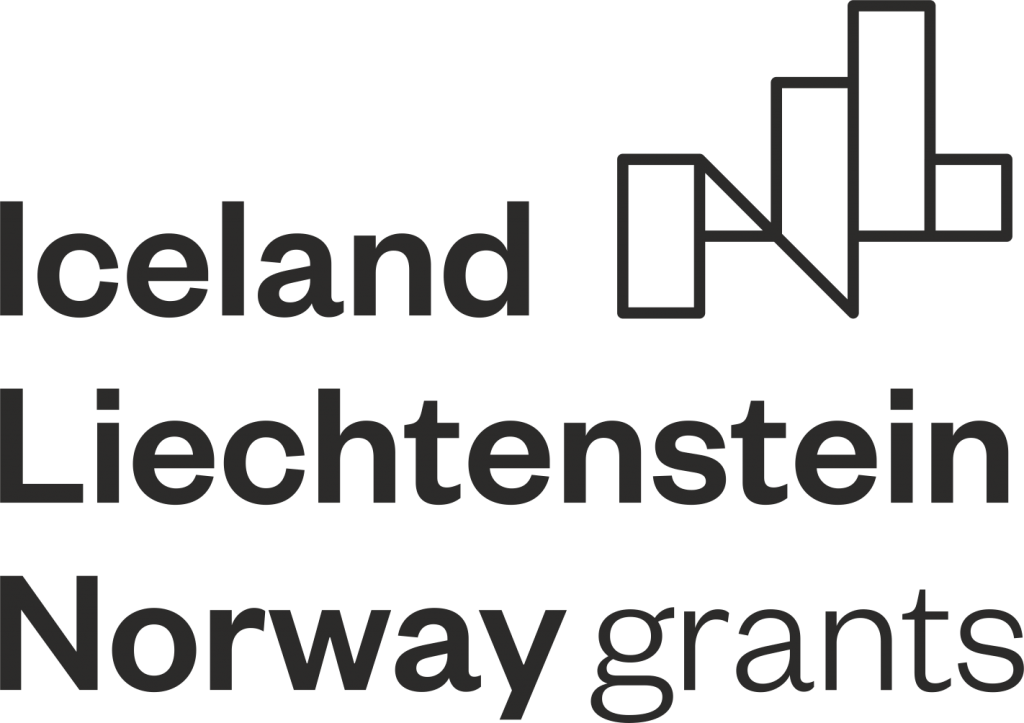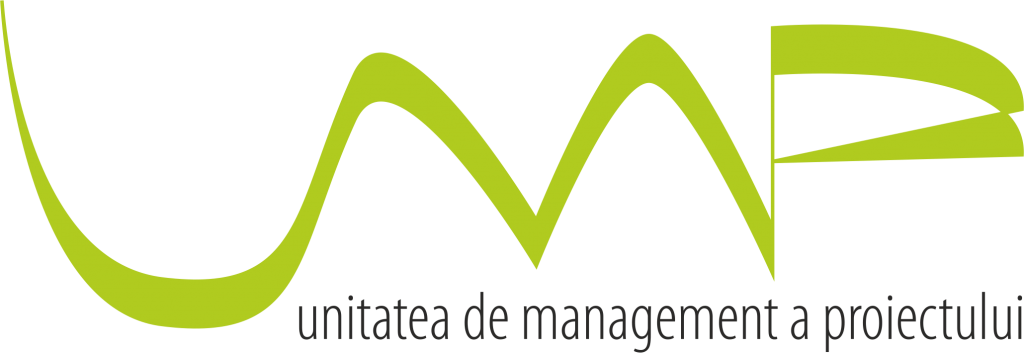The document below presents the results of the restoration intervention upon the 21 medieval manuscripts.
The classification process followed the complete restoration of the first manuscripts. It continued in parallel with the restoration works. The filing process consists of drafting necessary documentation for describing each restored manuscript. Thus, seventeen “Filing Applications” have been submitted for approval to the Cultural Heritage Directorate, Ministry of Culture. The identification records have “standard sheets”, which include: the description of the assets (materials, techniques, measures and other identification parameters), reference documents, antecedents, conservation status, quantity, specific data – signatures, inscriptions, brands etc. Moreover, there are supplementary “analytical sheets” that describe detailed information (the owners, the title, the catalogue description, illustrations, decorative elements, the alphabet, general notes, binding and preservation state, ex-libris, bibliophily criteria, principal headline, the title page). Some attached photographs would show essential aspects (the cover, the first page etc.). Additional “conservation records” include descriptions regarding: the author, the owner, the category, the date, the inventory number, measures and the number of pages. Thus, the Analysis Report includes all the above-mentioned documents, as well as an exhaustive description regarding the loss of integrity of the asset: defectives, stamping, damaged pages, text additions, annotations, rebounding, usage of materials, restoration works, storage conditions and conservation suggestions. Photographs of the manuscripts are also enclosed. All manuscripts were thoroughly analysed in order to be considered cultural heritage. The Indexing Expert calculated the classification score for each manuscript in compliance with the criteria established by the Cultural Heritage Directorate. All indexing suggestions were based on certain considerations, such as: age, frequency, state of preservation, historical value, memorial value, authenticity, formal quality.
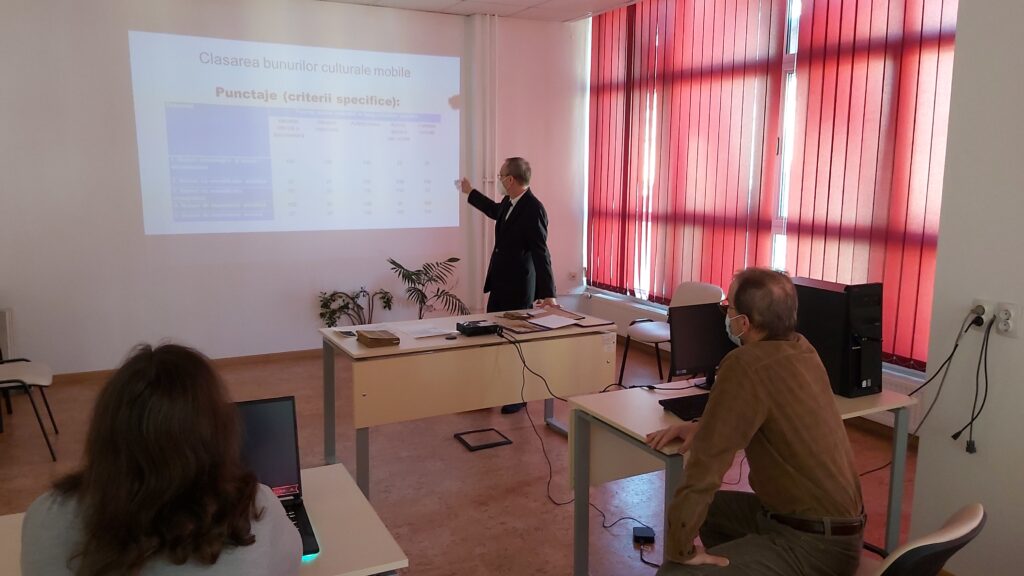
The training and professional development activity aims at developing the skills and the expertise of five people from the project team in areas related to librarianship. This activity was carried out in all stages of the project`s progress. The training activities cover four different areas related to the intervention on old books: expertise, restoration, classification and exhibition and, involving the Norwegian institution, support international cultural cooperation in the field of cultural heritage. Job-shadowing activities were used for restoration and exposure. Formal training and non-formal mentoring were used as learning tools for the expertise concerning old manuscripts and classification. Both types of training were carried out in parallel with the intervention activities on the 21 fragments, and the beneficiaries were involved in all stages of these intervention actions. This activity started in the second month of the project and has involved, so far, several sub-activities: training and professional development in the field of restoration and conservation of old books, in the field of classification, in the field of codicology (expertise of old books). The training in exhibition design and for gaining curatorial skills begins in the months leading up to the opening of the exhibition.
The activity concerning describing and cataloging the fragments of medieval manuscripts involves the formation of beneficiaries in several directions: 1. Latin paleography, to decipher the texts and the correct framing of the writing (most often textual Gothic) and its variants (textus praescissus, cursiva libraria, bastard, etc.); 2. Codicology – for the description of codicological elements (dimensions, pagination, lines, etc.); 3. Elements of musical paleography – for dating and locating manuscripts with musical notations; 4. Elements of liturgy and initiation into the use of the Cantus database, etc .; 5. Elements of art history – for the description of decorated initials; 6. Introduction to the use of databases and secondary literature to identify texts; 7. Introduction to the codicological nomenclature – for the correct description of the relevant elements.
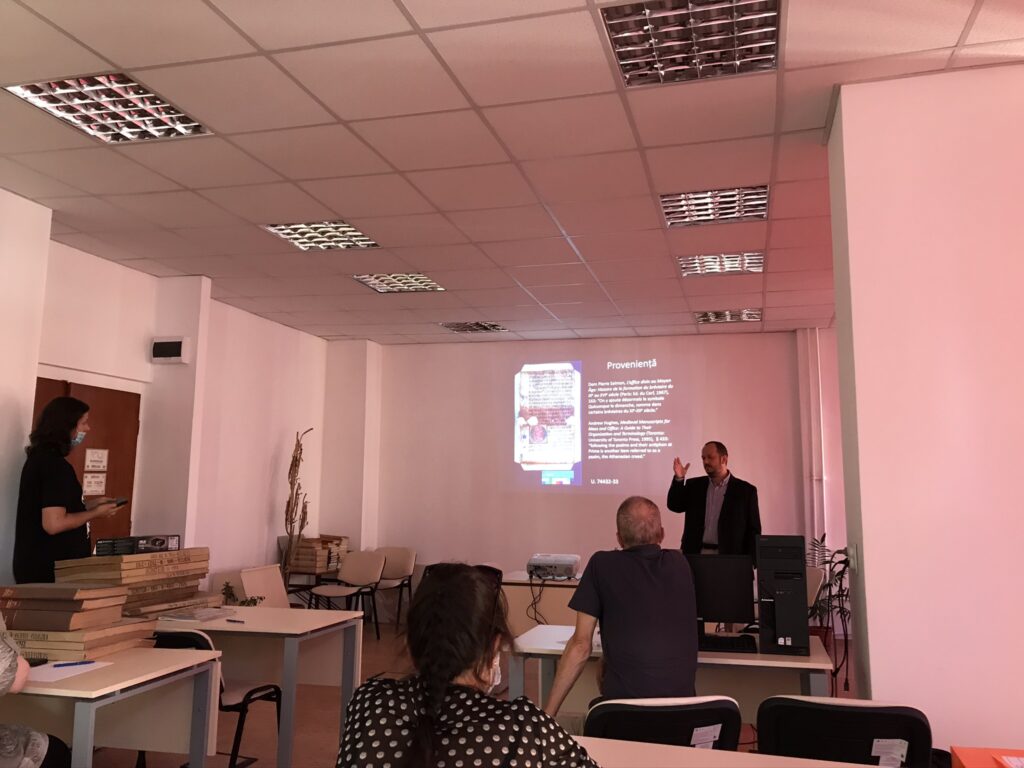
The training and professional development in the field of restoration and conservation of old books is carried out at the National Museum of Unification Alba-Iulia through job-shadowing and one-on-one tutoring. Two trainers, enjoying massive experience in the field of old book restoration, introduced the two beneficiaries – an employee of the Library of the Romanian Academy Cluj-Napoca Branch, and the other, an employee of the National Museum of Unification Alba-Iulia – in all the stages implied by the field related to the preservation of old books. Thus, the beneficiaries of the training activities went through a stage of theoretical preparation, learning how to elaborate conservation and restoration documents, then to the stages of solubility testing, pigment analysis, pH setting, so that, later, they learned different methods of mechanical cleaning by removing impurities with a soft brush. Thereafter, the two members of our project learned the techniques of fixing soluble colors and pigments, wet cleaning with hydro-alcoholic solutions, consolidating cracks, filling in gaps in material, softening and making protective folders.
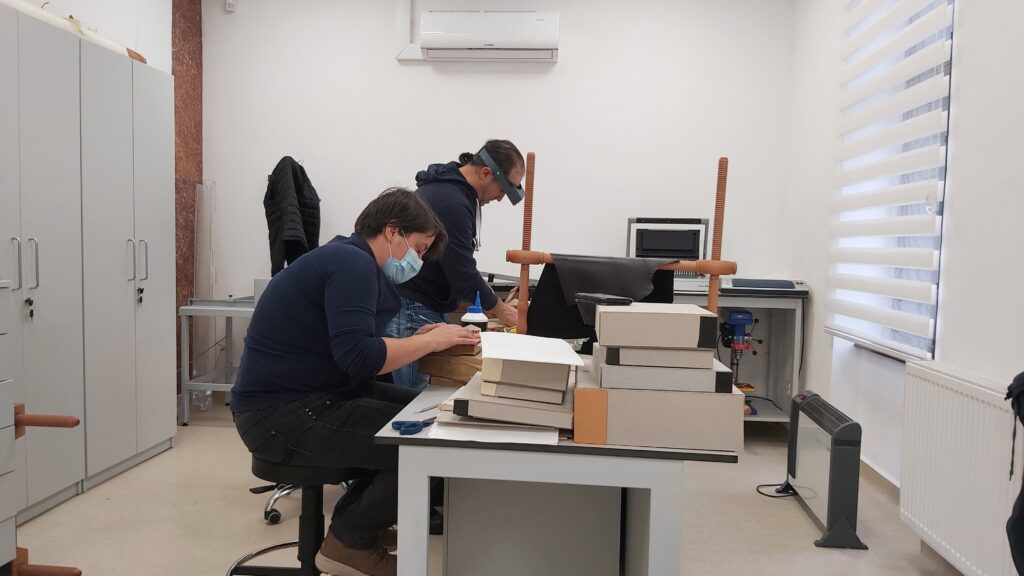
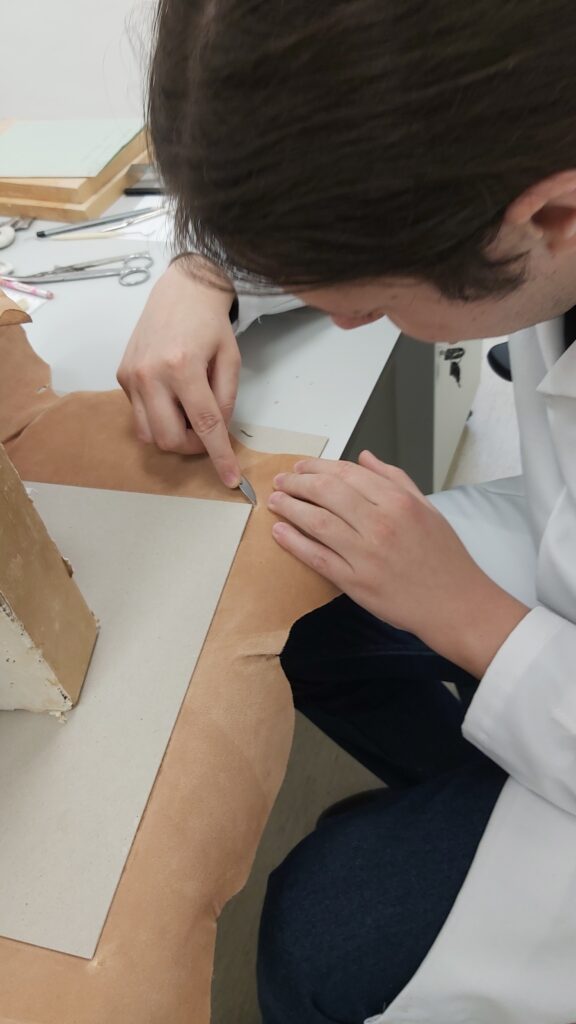
The theoretical training in the field of classification of heritage objects was carried out through mentoring since the beginning of the project. The classification expert assumed, within the project, the role of trainer in the field of classification, in order to initiate two assistants, permanent employees of the Library of the Romanian Academy, Cluj-Napoca Branch, in all the work of classifying old books and manuscripts in the National Patrimony. As the classification of movable cultural property is a thorough activity, which involves several stages, the two beneficiaries of these training programs were involved in all stages of classification of the manuscript fragments restored within the framework of the project. The two members of the project’s team were, thus, involved in the preparation of the “Classification File” and were initiated in the correct and detailed completion of the Classification Application Form addressed to the Heritage Directorate of the Ministry of Culture. Together with the trainer they filled in all “Standard Sheets” related to the restored manuscripts, including the series of descriptions regarding each of these cultural objects. They have also been involved in filling in the detailed “Analytical Sheets” and the “Conservation Sheets”.
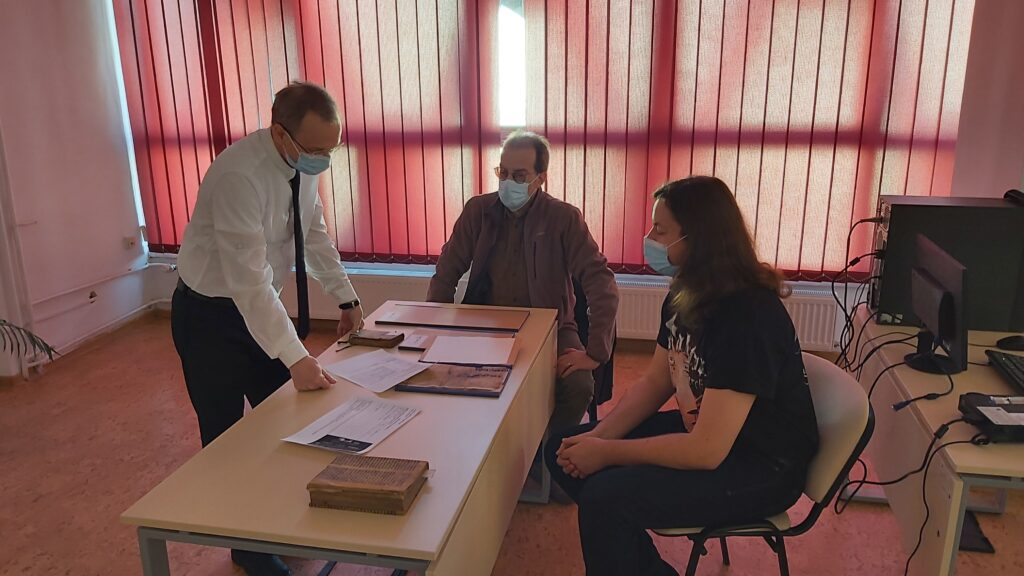
The non-formal training in the field of group facilitation processes and exhibition design is addressed to two other people temporarily employed in the project. This training activity is undertaken by the Norwegian partner institution, Bjerkaker LearningLab, with the purpose of training beneficiaries in the field of new non-formal education methods that can be used in exhibitions and can be adapted both for groups of youngsters and groups of adults. The two assistants are trained using non-formal education, to learn modern techniques in order to facilitate the processes of working with heterogeneous groups, methods that take into account, for improving training efficiency, both the emotional state and individual learning needs, as well as the specificity of the environment and context.


The Norwegian partner, which has expertise in andragogy, but also in planning, organizing and curating exhibitions, has assumed, through its representatives, the responsibility to provide consultancy in several areas integrated in the management of adult learning and education, areas such as non-formal education methodology, innovative and itinerant exhibition design techniques and, respectively, exhibition animation techniques.
The activities carried out so far have rather taken the form of mentoring sessions, due to the online format through which this training activity has been carried out.
In the stage preceding the opening of the on-site exhibition, the trainers, representatives of the partner institution in Norway, offered the Project Promoter, in several meetings in physical presence, consultancy in the field of innovative exhibition of restaurated medieval fragments and, at the same time, they provided a guide regarding the methods and techniques used in managing and facilitating non-homogeneous groups of people, respectively potential visitors to the exhibition. Thus, the Romanian Academy, Cluj-Napoca Branch has benefited, in all stages of the project’s implementation, of consultancy for the organization of the planned workshops – for young people and seniors, for specialists and the general public alike – in the most attractive format within the exhibition.
